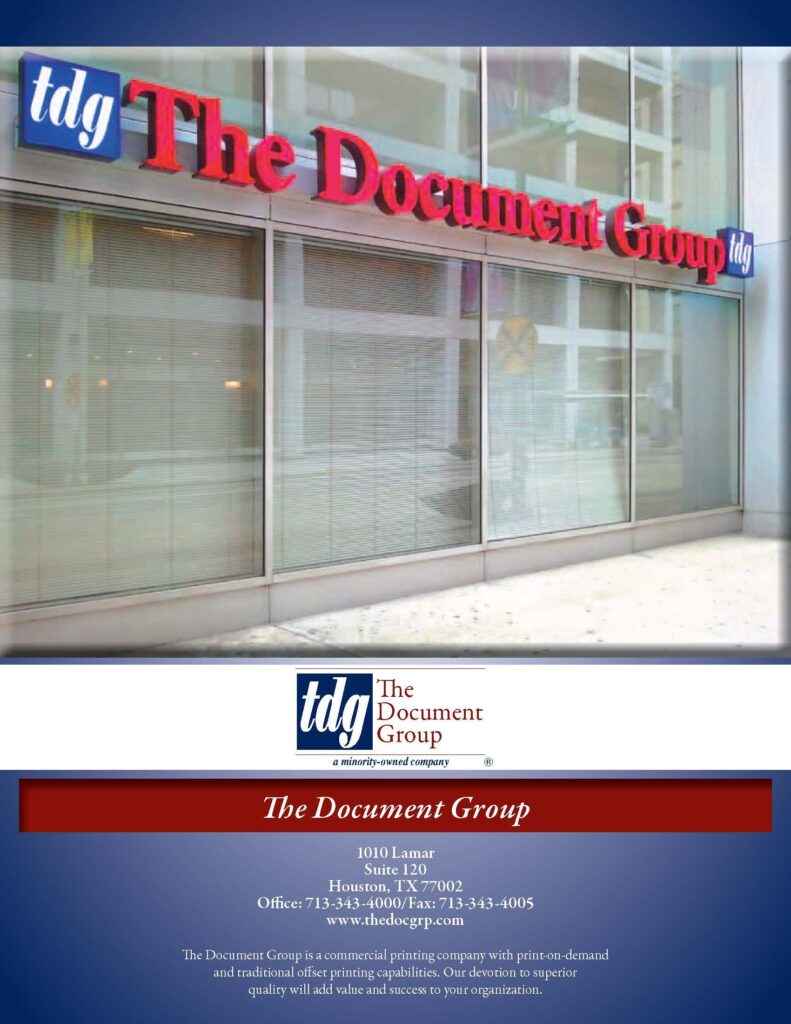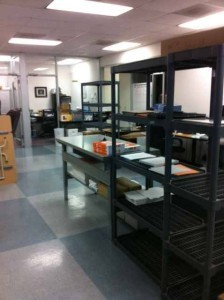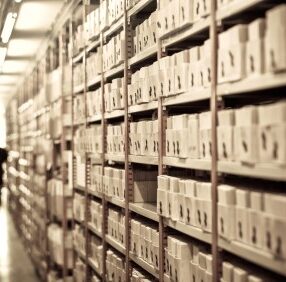Disaster Recovery – Reviewing Your Plan
Disaster Recovery – Mother Nature does not respect our intentions or plans. That is clear. The unfortunate yearly flooding in Texas, and in the neighboring State of Louisiana, serves as a wake-up call to businesses to guarantee that their data, and original paper documents, are properly stored in the case of disaster. Once nature has carved its destruction in your community, you can finally understand the need to have a plan. A plan that addresses all of the possibilities. File cabinets, servers, tablets, or boxes full of paper documents can be lost in an instant once nature strikes. Your plan must address all aspects of your data.

Starting With Electronic Data...Ending with Paper
Even tiny unforeseen circumstances happen every day that can activate your plans. An auto accident makes an unlikely catalyst for your recovery plan to go into effect. Think on this though. If that auto accident hits the right telephone pole, or the exact transformer, it can knock out power to a lot of commercial and residential real estate. This is just one example, but what if you are targeted. That warehouse storing original documents from land deals since 1956 is mysteriously set on fire. Or is hit by a tornado? Either way, the documents are gone.
While the process you use to anticipate your technology and document related disasters is going to be unique to you, there are basic guidelines to follow when creating your plan. You will need to closely examine your situation first. Determine what data needs to be saved and from what sources. Again, your methods may be different but as long as you gather the same information about your data, it does not matter if you are paper and pen person, or cannot use anything but your tablet to take notes. Get everything into a form you can best keep organized, both in your head and out of it.
When you have your list of sources, it is time to get down to crafting your plan. You plan should include where those sources are, either digitally or in the real world. You should know how much data there is in each source. If it is paper, find a standard measurement you can identify with. Boxes are a good measure. A standard office box will hold approximately 2,500 pages of letter size paper. If it is digital, you will need to know how much storage you will need in gigabytes, or even terabytes. This can include a document management system in place at the main location as a best case scenario as well.
When discussing electronic data backups and disaster recovery, often it is said that it should be an easy thing to just set data to flow where you want. Most people do not understand that to properly have systems in place that provide that flow of information takes a village, and more, to accomplish. Our best advice for this part of the equation is to contact your preferred IT vendor to help you determine the best solution for your situation. However, some generalizations are true. You need to replicate data across multiple networks at some point. You need to verify data integrity always. You need to secure your data against the best hackers out there.
Best practices suggest you have multiple copies of your data across multiple locations geographically. Your live data (working data) at the office is one copy. A local backup of your data on site to a different server location or to a local location in the surrounding community for quick recovery options due to less serious disaster recovery situations. You will also need another location off site, and hopefully, across the country from you geographically. This gives you three separate copies in three geographic locations that will best allow you to recover quickly. Think in terms of your situation. And get help if you are unsure.

Once you have your data figured out, it is time to tackle the paper. As everyone tries to tell us, paper is going the way of the dodo bird. We believe it, but just have not seen the decline yet. So we will address those ancient items also, the paper. Back file scanning, archive scanning, or paper to digital conversion. Whatever you call scanning your old, not accessed documents you absolutely have to save due to regulation, sentimentality, or legality. That is where we come in at The Document Group. We can help get you on a path to peace of mind for your paper documents. We start by imaging your archive boxes and any non-active files you must keep. We move on to active files once those are stored on your servers. Regular scanning of current paperwork to your servers can be accomplished as well if you have that need. Although paper documents are our focus when scanning, The Document Group understands that there is so much more to disaster recovery than the paper.
What Would Be Lost For You during A Disaster?
Even though many documents within organizations are produced and transmitted to others electronically, there is still plenty of paper that circulates within an average business.
Every day’s mail brings a new supply of invoices, correspondence, orders, and other documents.
- Electronic documents may be printed out, annotated, and filed.
- Files containing medical records, taxes, legal documents, and more from the past may still be in hard copy format.
- Blueprints and other large-format documents may be in hard copy.
- Irreplaceable photos may have no backup copies.
- And the list goes on…
Water damage could wipe out years of compiled information or destroy projects in progress if there is no electronic backup system for your disaster recovery plan. While small amounts of flooded materials might be recoverable, saving boxes of documents after the fact is not feasible, nor is it safe as mold quickly grows in piles of soggy paper.

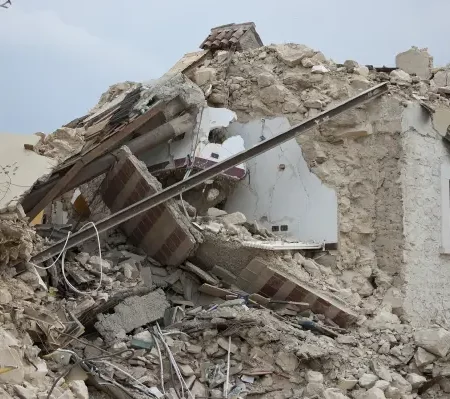


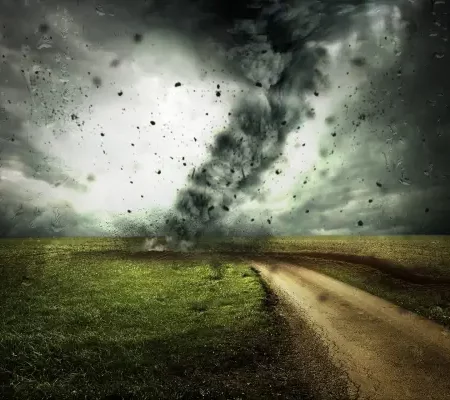


Prevent Information Loss Through A Scanning Plan
The best way to prevent future damage is to work with an experienced provider of scanning services such as The Document Group of Houston. We are prepared to scan your materials on-site or back at our facility. Because we use experienced scanning professionals and state-of-the-art equipment, we can get through large quantities of documents quickly, while ensuring that quality and resolution of scanned images is high.
Besides providing a needed service that can help disaster recovery, The Document Group can develop a plan to get you on track. For example:
- We can help you prioritize the documents you have to scan if you are new to the process. We will develop a schedule for getting it all done.
- We can add permission to limit and access specific documents if your files include medical documents, legal documents, or other sensitive financial or confidential information.
- We can obtain hard copies of materials for a specified time or indefinitely store your documents in a safe, off-site facility.
- We can back up your documents on secure servers, so that even if a natural disaster affects your facilities, you would still be able to access your documents.
- We can schedule to scan any materials on a periodic basis, or work with your personnel to make sure that pertinent files are entered into the system.
Consider The Impact Of Document Loss On Your Business...or Your Home
As a businessperson, you may be concerned with the cost of the initial disaster recovery, scanning, and file maintenance. However, consider the impact on your business if all your files were destroyed by fire, flood, explosion, or other unplanned events.
How could you reconstruct your customer files or your recent transactional history? Could you figure out your corporate documents or any of the historic files you might need for tax purposes? What about your historic photographs of company personnel, Christmas parties, and all kinds of events? All of these materials could be irretrievably lost in the case of a flood or other disaster.
A call to The Document Group will prove to you that the cost of safe, efficient disaster recovery is not as costly as you might imagine. For more information, contact us at 888-316-4670 or via our free quote form.
